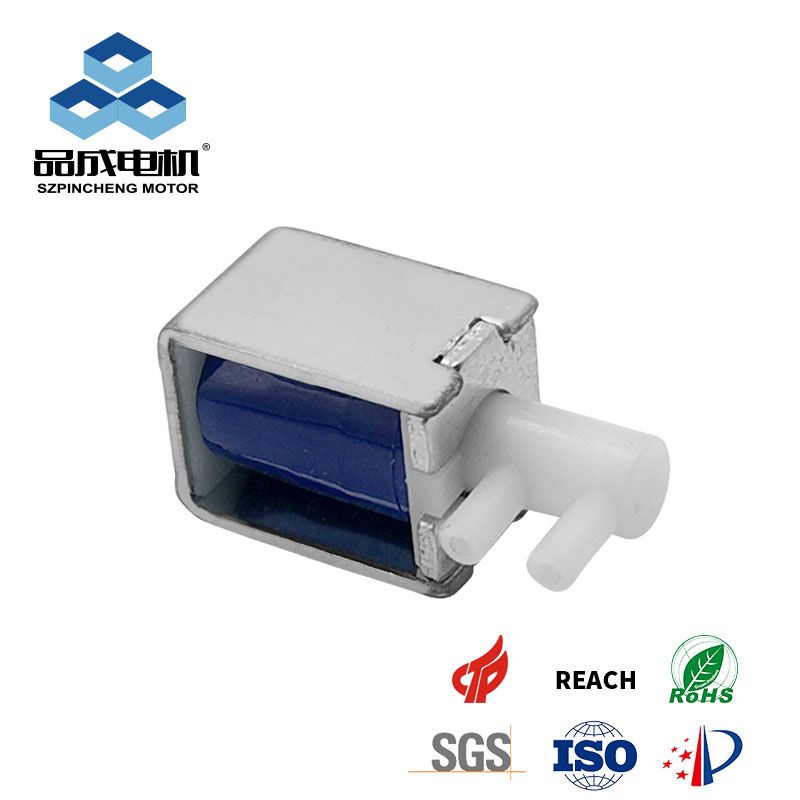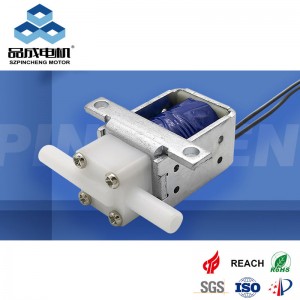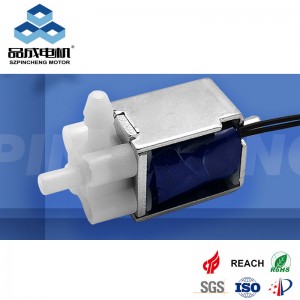Mini DC solenoid valves are critical components in applications ranging from medical devices to industrial automation. Their compact design and precise control make them indispensable, but their lifespan can be limited by factors like wear, overheating, and environmental stress. This article explores proven methods to enhance the durability and reliability of mini DC solenoid valves, ensuring optimal performance in demanding systems.
1. Optimize Electromagnetic Coil Design
The coil is the heart of a solenoid valve. Poor coil design leads to overheating and premature failure.
Key Improvements:
-
High-Quality Magnet Wire: Use copper wire with polyimide insulation to reduce resistance and heat generation.
-
Efficient Core Materials: Silicon steel or permalloy cores minimize eddy current losses, improving magnetic efficiency.
-
Thermal Management: Incorporate heat sinks or thermally conductive potting materials to dissipate heat.
Data Insight: A study showed that optimizing coil winding density can reduce operating temperature by 15–20%, extending lifespan by 30%.
2. Select Durable Materials for Critical Components
Material choice directly impacts wear resistance and chemical compatibility.
| Component | Recommended Materials | Benefits |
|---|---|---|
| Plunger | Stainless Steel (316L) | Corrosion resistance, low friction |
| Seals | FKM (Fluorocarbon) or PTFE | Chemical resistance, minimal swelling |
| Spring | Stainless Steel (302/304) | Fatigue resistance, consistent force |
Case Study: Switching from NBR to FKM seals in a medical device valve increased lifespan from 50,000 to 200,000 cycles.
3. Implement Smart Drive Circuits
Overvoltage and erratic signals strain solenoid valves. Advanced drive circuits mitigate these issues:
-
PWM (Pulse Width Modulation): Reduces holding current by 70% while maintaining valve position.
-
Soft Start/Stop: Gradually ramps voltage to prevent mechanical shock during activation.
-
Overvoltage Protection: Zener diodes or transient voltage suppressors (TVS) shield coils from voltage spikes.
Example: A 12V mini DC solenoid valve using PWM achieved 100,000+ cycles at 0.8W holding power.
4. Minimize Mechanical Wear
Friction between moving parts accelerates degradation. Solutions include:
-
Precision Machining: Tight tolerances (e.g., ±0.01 mm) ensure smooth plunger movement.
-
Low-Friction Coatings: Apply PTFE or diamond-like carbon (DLC) coatings to sliding surfaces.
-
Spring Tuning: Match spring force to magnetic pull to avoid excessive impact during closure.
5. Control Operating Environment
Harsh conditions like dust, humidity, and temperature extremes shorten valve life.
-
IP Ratings: Use IP65+ enclosures to block dust and moisture.
-
Temperature Limits: Avoid exceeding -40°C to +120°C without thermal compensation.
-
Filtration: Install inline filters to prevent particulate contamination.
Industrial Application: A food processing plant reduced valve replacements by 60% after adding air filters to pneumatic lines.
6. Regular Maintenance and Monitoring
Proactive care prevents unexpected failures:
-
Cycle Testing: Validate performance at 10–20% beyond rated cycles.
-
Lubrication: Use dry lubricants (e.g., graphite) for metal-on-metal contacts.
-
Sensor Integration: Monitor coil temperature and current draw for early fault detection.
Case Study: Extended Lifespan in HVAC Systems
An HVAC manufacturer upgraded their mini DC solenoid valves with:
-
PWM-controlled 24V coils.
-
PTFE-coated plungers.
-
Stainless steel springs.
Result: Lifespan increased from 2 to 7 years, with 40% lower energy consumption.
Conclusion
Extending the lifespan of mini DC solenoid valves requires a holistic approach—combining robust materials, intelligent drive systems, and environmental controls. By prioritizing precision engineering and proactive maintenance, industries can achieve reliable, long-term performance in critical applications.
you like also all
Post time: Apr-30-2025




